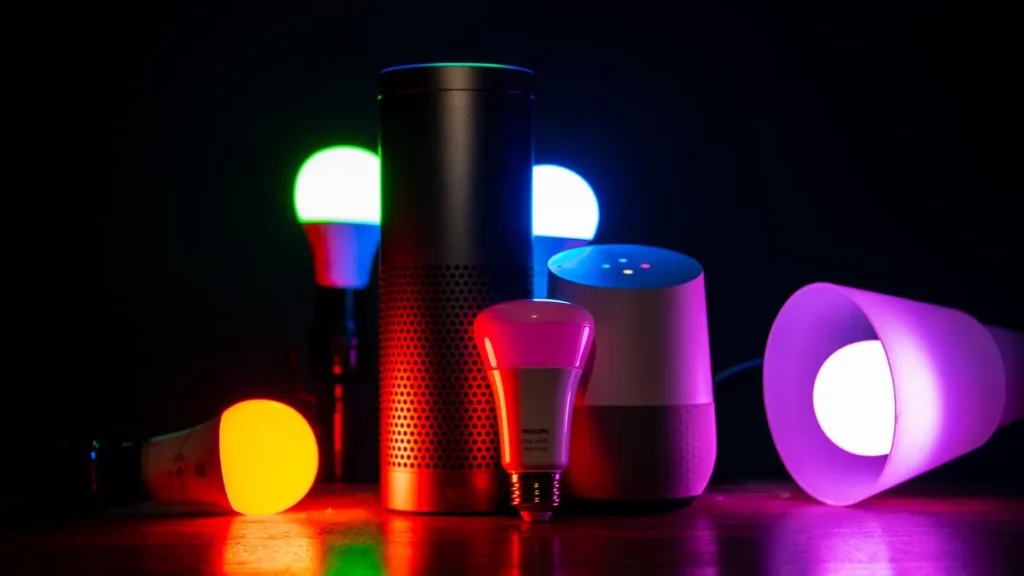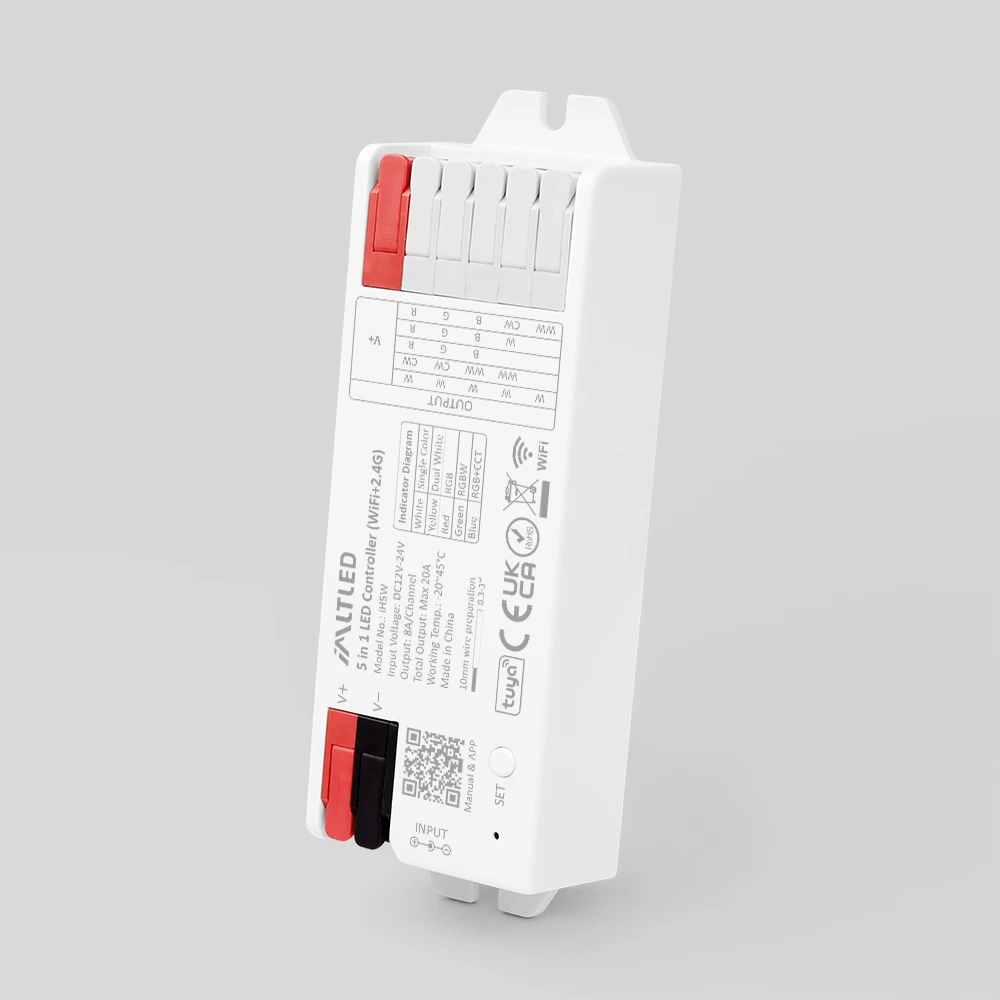In a world where attention is fleeting, transparent LED screens offer a way to communicate without overpowering. Imagine glass façades, store windows, or building fronts animated by vivid digital content—yet remaining see-through and light-filled. These screens are redefining display technology by blending form and function in innovative ways.
![]()
1. Demystifying Transparent LED Screens
A transparent LED screen is essentially a grid of LEDs embedded within a translucent mesh. The result? Up to 80% transparency—beautiful visuals float before your eyes while preserving natural light and visibility behind them. From billboard-like vibrancy to architectural elegance, this display form breaks outdated norms.
It’s different from traditional LED walls, which are solid and opaque. Here, light passes through. Shadows don’t dominate. Your environment remains visible—while the screen transforms it with dynamic content.
2. Transparency vs Display Quality: The Trade-Off
You might wonder: how transparent can it be without sacrificing clarity? The key lies in pixel pitch. A tighter pixel pitch results in higher resolution. High-resolution transparent LED mesh screens with fine pixel spacing (like P2.5 or P4) offer crisp visuals and balanced transparency—they’re ideal for window displays and smart façades.
Brightness is equally vital. Outdoor sunlight and reflections demand LEDs capable of 5,000–8,000 nits. At that level, even direct sunlight won’t wash out the image. Installers match pixel pitch, brightness, and viewing distance—this synergy delivers impressive results without compromising see-through aesthetics.
![]()
3. The Power of Being Energy-Efficient
Unlike conventional LED walls, transparent versions use fewer diodes per square meter—a design that slashes power bills by 30–50%. That’s meaningful when you scale across building sides or event spaces. Smart dimming that adjusts to ambient light further reduces energy consumption. For retailers, corporate campuses, and city planners, energy-efficient transparent LED screens are both smart branding and sustainable strategy.
4. Weatherproof and Ready for Anything
Outdoor installations face sun, wind, rain, and dust. Good news: leading models offer IP65 or IP67 ratings. They’re built to last under moisture, dust, and temperature shifts. Rain, grime, even snow won’t halt them. Just ensure cables and connectors are sealed properly, and that routine checks keep everything tight and wipe clean.
5. Real-Life Uses That Inspire
5.1 Transparent LED Mesh Screen for Outdoor Advertising
Think city billboards reimagined. Transparent LED mesh screens create striking visuals on shopfronts and building exteriors—without removing transparency. These installations grab attention without blocking architectural charm, perfect for brands seeking impact without obstruction.
5.2 Transparent LED Mesh Screen for Building Facade
Corporate buildings and retail hubs are turning to façade installations. Imagine dynamic logo displays over glass walls or programmable backgrounds that accentuate architecture. This technology elevates brand identity and modern design simultaneously—no intrusive hardware needed.
5.3 Transparent LED Mesh Screen Applications and Benefits
- Retail Windows: Showcase seasonal visuals and promotions while letting passersby peek inside.
- Event Backdrops: Great for concerts, shows, and product launches—semi-transparent yet immersive.
- Public Spaces: Use in airports or atriums for info screens that don’t block sightlines.
6. Transparent LED Mesh Screen vs Traditional LED Displays
Side-by-side, the differences stand out:
- Openness: Mesh screens retain see-through visibility; traditional ones don’t.
- Weight & Installation: Mesh panels are lightweight and easier to mount.
- Power Use: Mesh screens consume less energy per square meter.
In most cases—retail, architecture, events—the mesh format wins for efficiency and elegance. Dense LED walls still make sense indoors or for high-definition signage at close range.
7. Guide to Buying & Installation
7.1 Transparent LED Mesh Screen Price Comparison
Price depends on quality: pixel pitch, brightness, size, and build. Tight pixel pitch and higher IP ratings cost more. Compare quotes carefully—don’t just shop on sticker price. Include delivery, installation, calibration, and warranties in your evaluation.
7.2 Transparent LED Mesh Screen Installation Guide
Installation isn’t difficult, but precision is key:
- Begin with a site survey: evaluate wall strength, wiring, and sunlight angles.
- Pick pixel pitch based on viewer distance.
- Use a sturdy support frame—often the existing glass mullions perform well.
- Mount with tensioned cables or brackets.
- Seal all outdoor cables and connectors to meet IP rating.
- Run calibration routines for brightness, uniformity, and color balance.
- Establish maintenance: wipe gently and inspect monthly.
7.3 Customizable Transparent LED Mesh Screen Suppliers
Find vendors offering tailored products: custom sizes, varying transparency, curvature options, and service packages. Evaluate their track records through case studies, client references, and sample installations. Excellent suppliers handle design, shipping, training, and reliable after-sales service.
8. Maintenance, Troubleshooting & Lifespan
These screens typically last 60,000–100,000 hours (~7–11 years of use). Still, routine care makes a difference:
- Keep LED diodes dust-free for clarity.
- Verify seals and connections—IP ratings rely on them.
- Promptly clean any minor corrosion or leaks.
- Monitor color uniformity; recalibrate if needed.
With basic upkeep, your investment continues to look fresh and performs reliably for years.
9. Rising Trends in Transparent LED Tech
Innovation is moving fast—including:
- Curved and rollable transparent LED films for creative installations.
- Hybrid coatings that add color options or UV resistance.
- AR-enhanced screens for interactive storefronts.
- Smart dimming that syncs with daylight/sensor systems.
As tech improves, these screens become more affordable, easier to install, and even greener—fitting well into net-zero building strategies.
Conclusion
The transparent LED screen isn’t just a novelty; it’s a smart solution that redefines visual communication. It offers energy efficiency, design elegance, and functional depth—perfect for brands, architects, and planners pushing the boundaries of display tech.
If you’re launching a visible yet light-permeable display—be it storefront, façade, stage, or public space—start by exploring specs, budgets, and suppliers before taking the first step. This tech adds creativity, efficiency, and wow-factor over entrenched LED norms.
Explore how transparent LED screens can elevate your space today.

